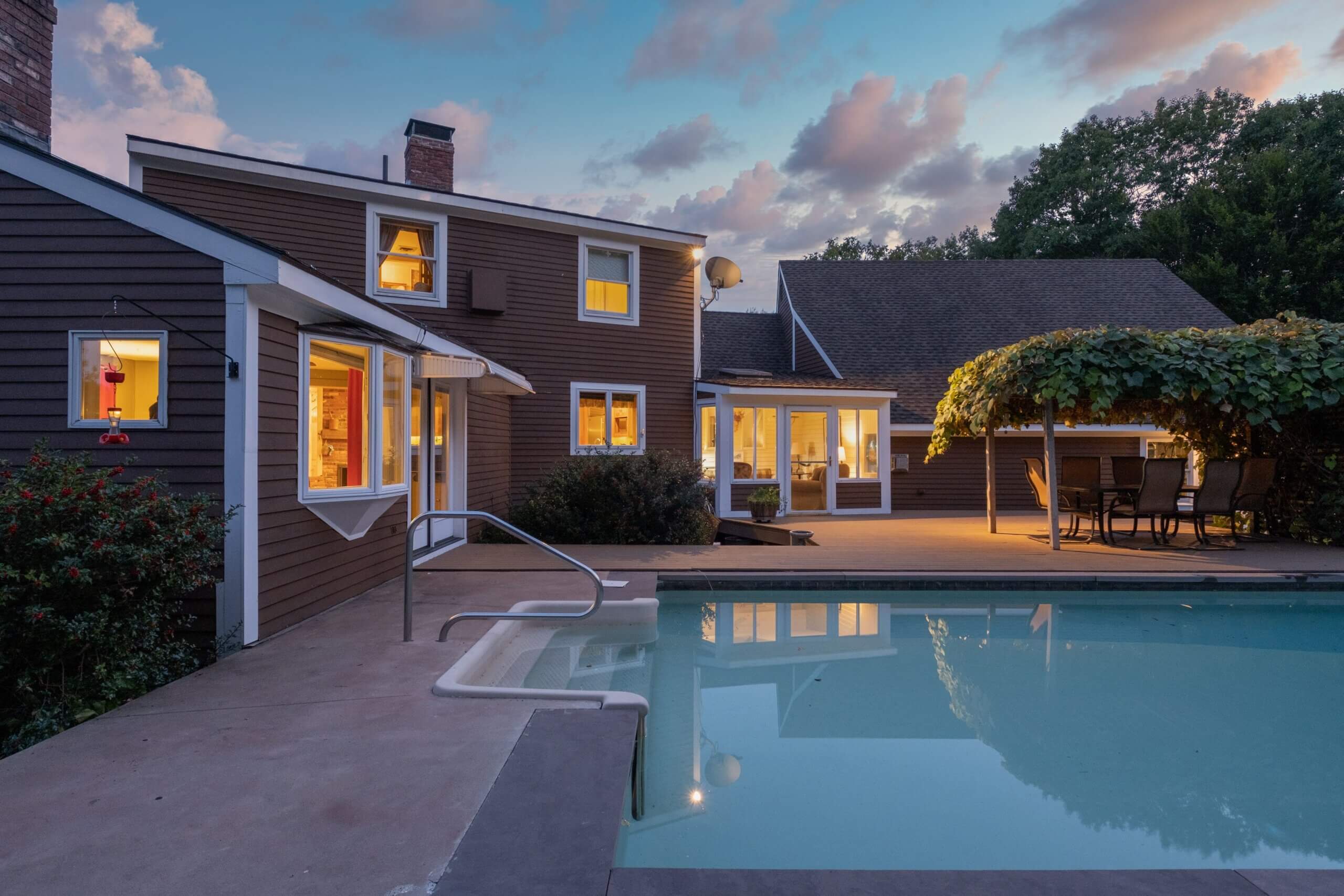The tax treatment for renting out your vacation home depends on the number of days it’s rented.
If you don’t use your vacation home all the time and are considering renting it out for a portion of the year, you have three possible situations – all with different tax ramifications:
- Not rented at all
- Rented for fewer than 15 days
- Rented for more than 15 days
The first situation is the easiest and most straightforward. You own a second home as a vacation property. You do not rent out that property at all during the year. You would be able to deduct the mortgage interest and real estate taxes that you paid during the year as Schedule A itemized deductions.
If you use your vacation home for personal use at least 15 days and rent it out for fewer than 15 days, the IRS considers the primary function of the property to be personal and not a rental. Therefore no rental income or rental expenses should be claimed on Schedule E, Supplemental Income or Loss, of Form 1040.
You are not required to report the rental income and rental expenses from this activity. The expenses that you are able to deduct include mortgage interest and real estate taxes, which would be deducted on Schedule A as itemized deductions.
The third situation is a little more complicated. If you used the vacation home as a home and rented it out 15 days or more during the year, you would be required to include all of your rental income as income on Schedule E. Because you used the home for personal purposes, you must allocate your expenses between business and personal use.
When allocating your expenses, you should follow these two rules:
- Any day that the unit is rented at a fair rental price is a day of rental use even if you used the unit for personal purposes that day.
- Any day that the unit is available for rent but not actually rented is not a day of rental use.
The numerator for allocation purposes would be the number of days that the vacation home was rented out at a fair market rental price during the year. The denominator would be 365 days.
Crunching these numbers will give you the business-use percentage. You would then multiply all of your various business/rental expenses by this percentage to arrive at the deductible amount of your expenses.
The deductible amount of your expenses is then entered on Schedule E. The IRS provides a worksheet to help you calculate the amount of your deductible business/rental expenses. Unallocated mortgage interest and taxes (the personal part) still go on Schedule A.
If you follow these simple rules when renting out your vacation home, you can avoid unintended consequences.








